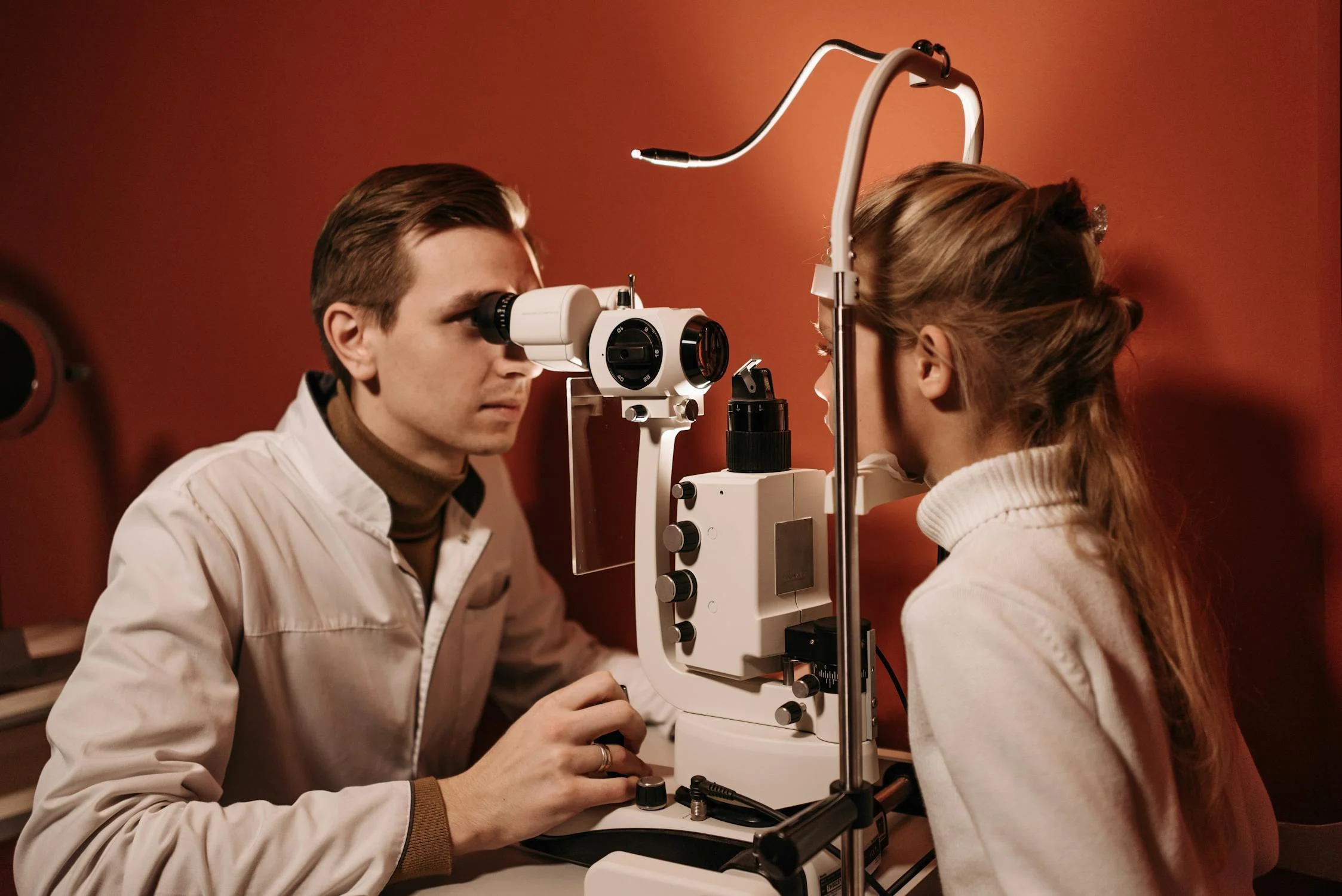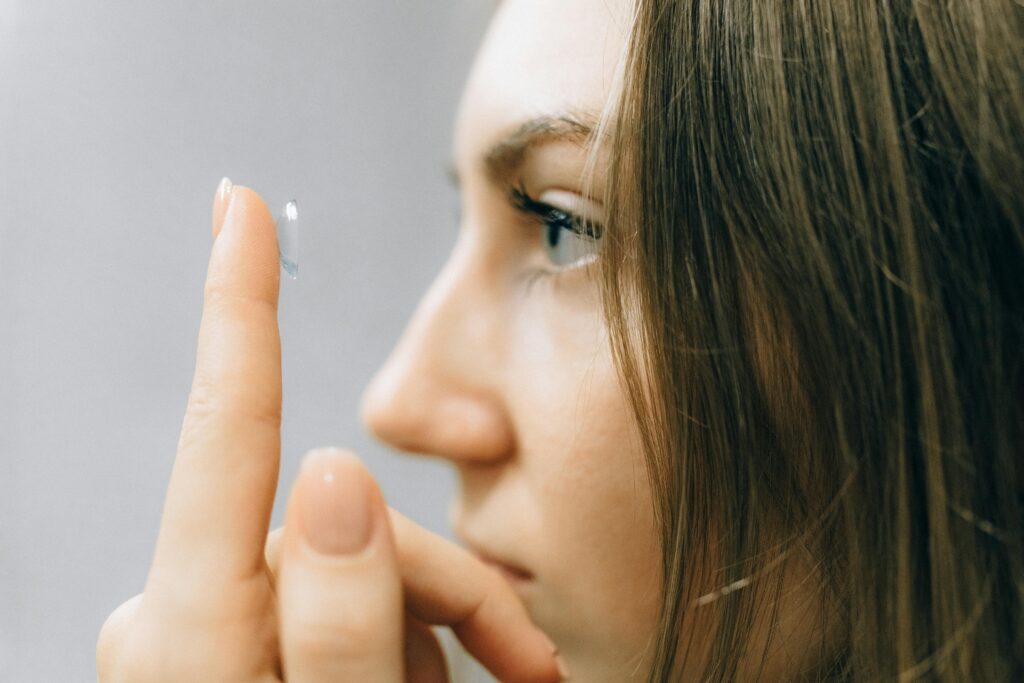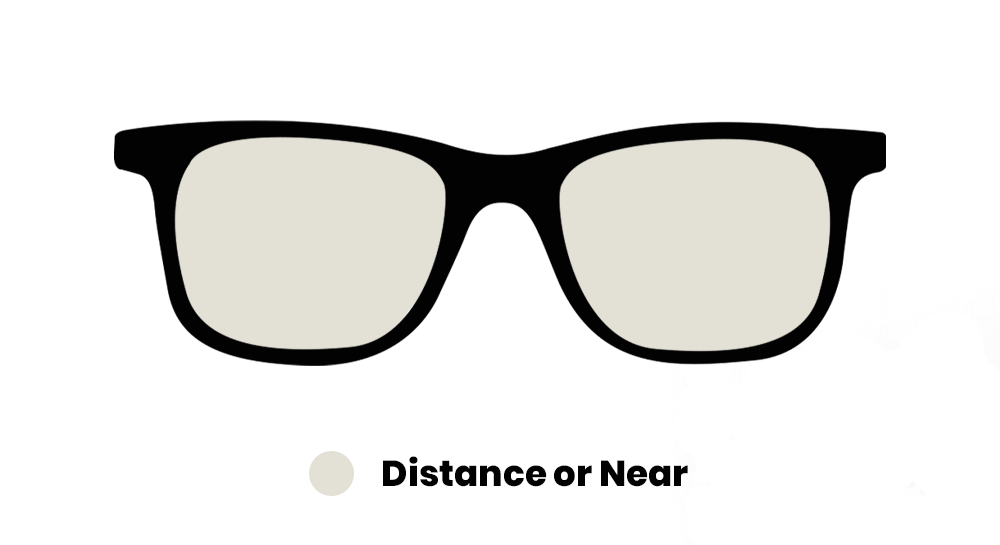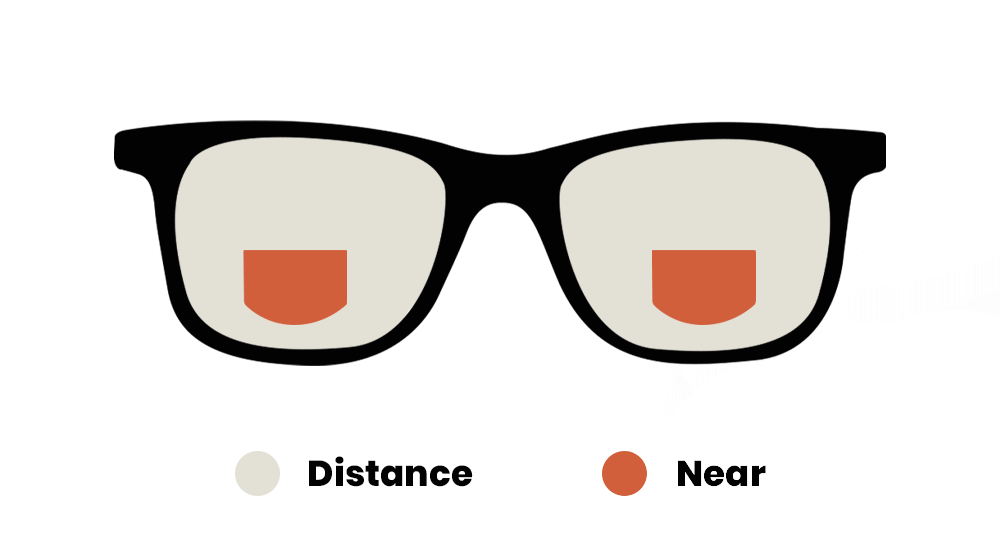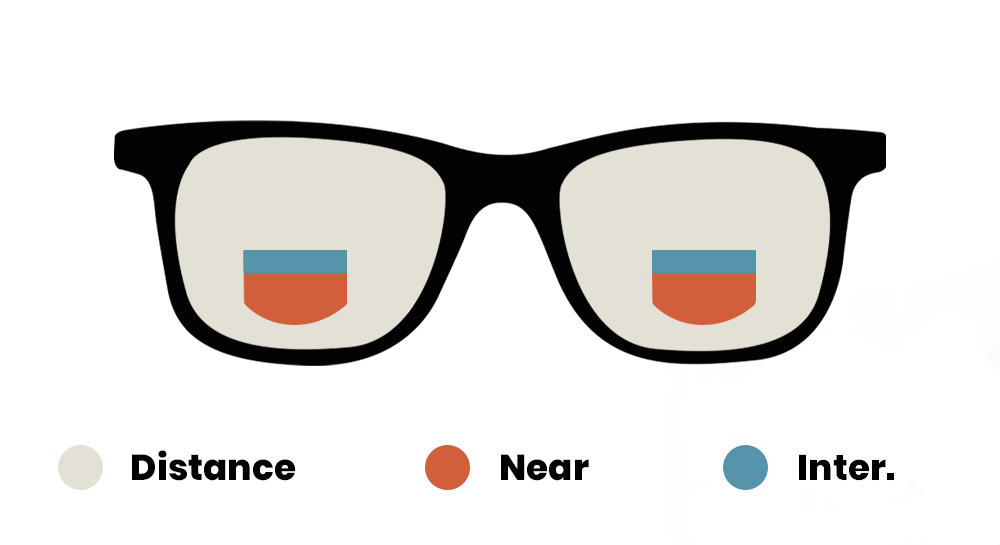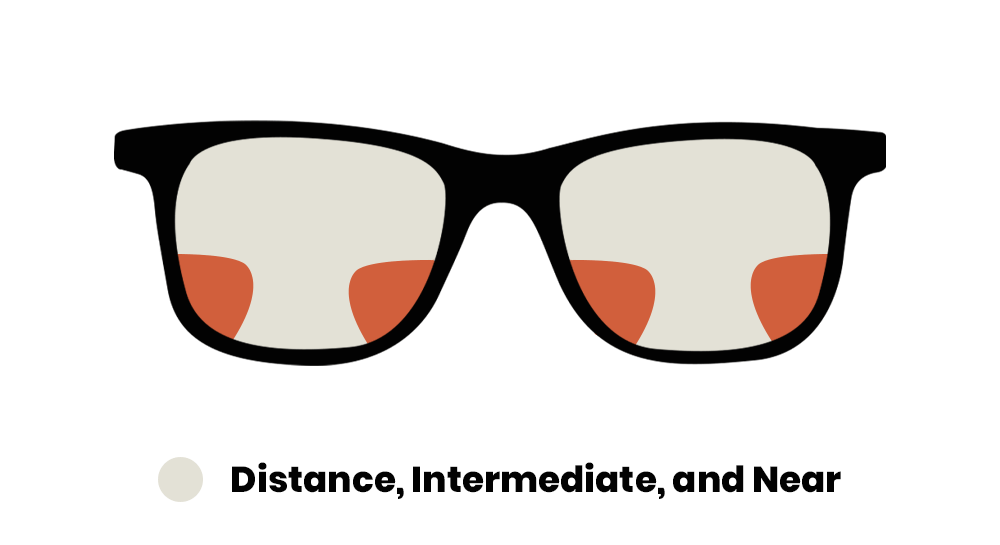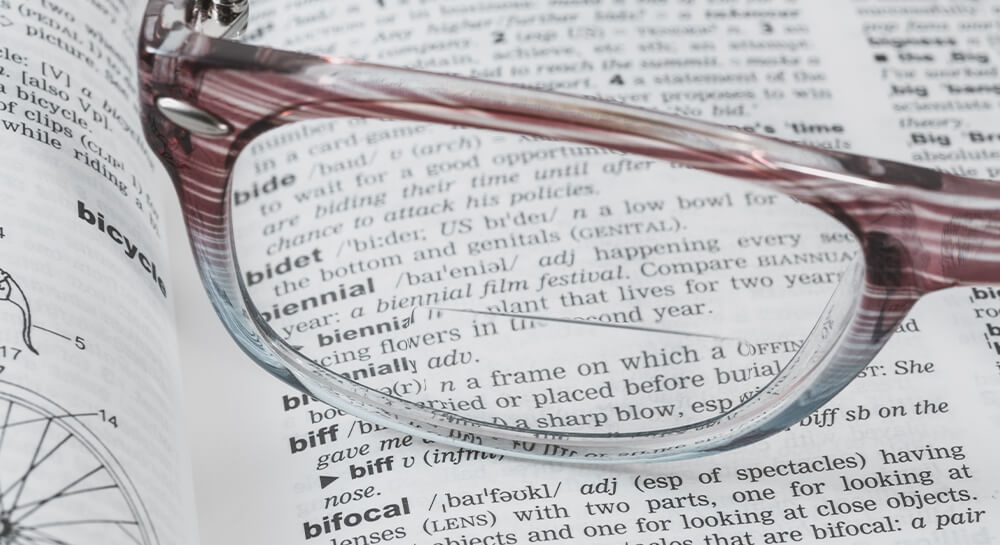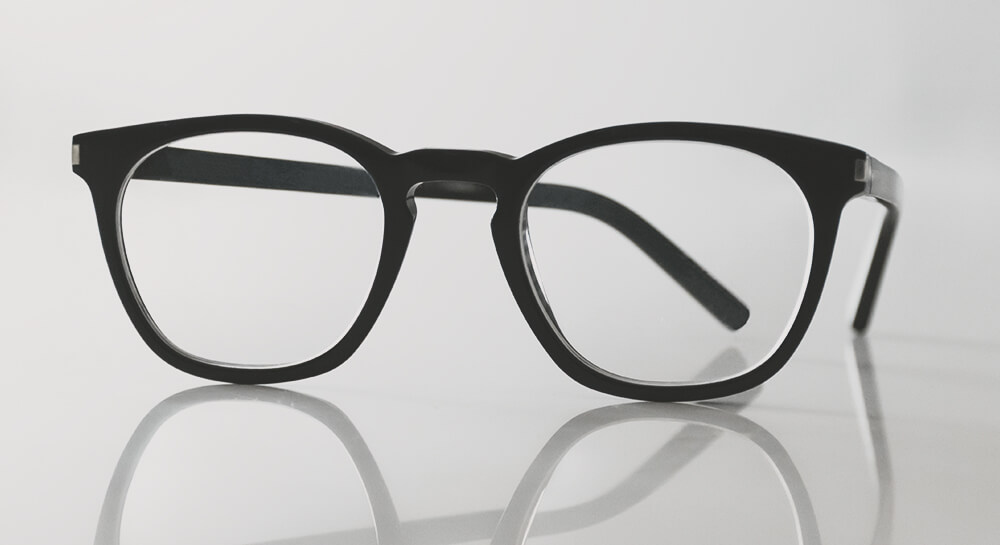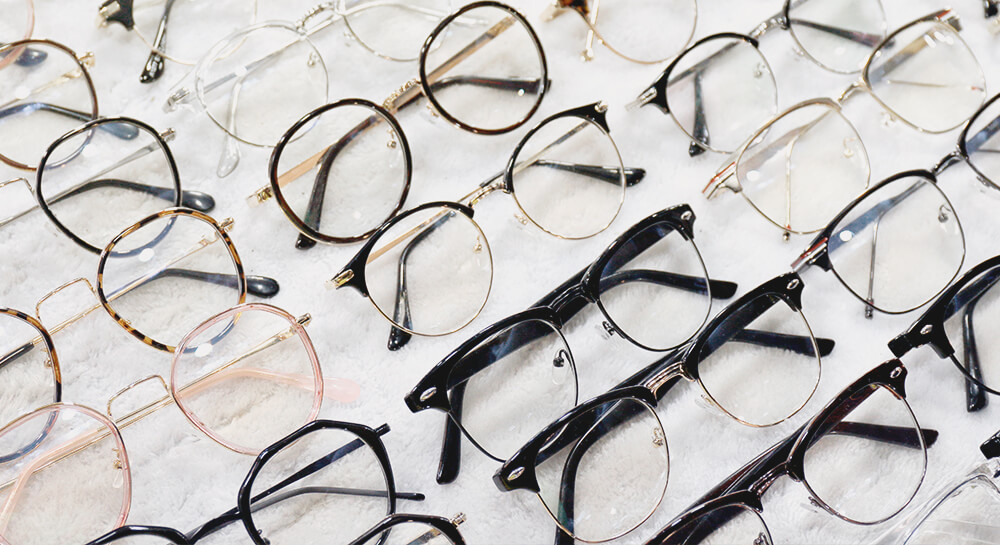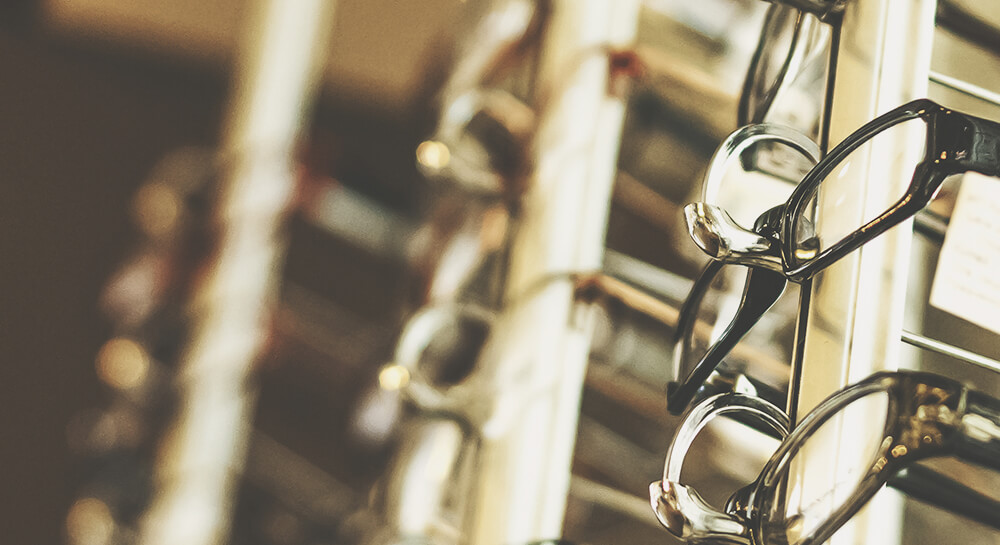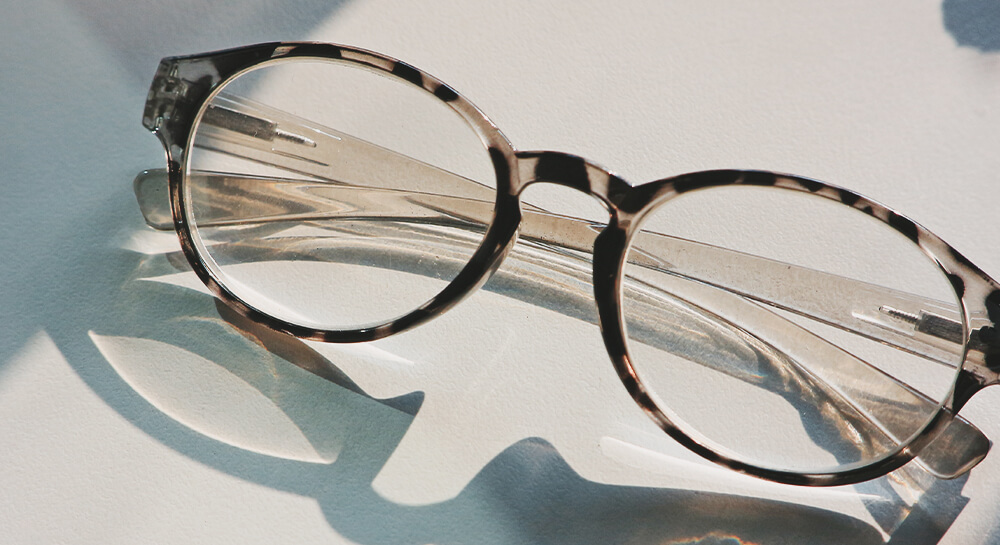When it comes to kids’ health, we all know how important regular checkups are—but what about their eyes? Pediatric eye exams often fly under the radar, but they’re a key part of making sure your child is set up for success at school, sports, and everyday life. At Heartland Optical‘s locations in Lincoln and Grand Island, Nebraska, we’re here to walk you through what actually happens during a pediatric eye exam—and why it matters.
First Things First: When Should Kids Start Getting Eye Exams?
The American Optometric Association recommends that children have their first eye exam around six months of age, again at age three, and before they start kindergarten. From there, an annual checkup is usually the way to go—unless we spot something that needs closer follow-up.
Even if everything seems fine, some vision issues can fly under the radar. Kids might not even realize they’re seeing the world differently. That’s why regular exams are key.
What to Expect: Step-by-Step
If you’ve never taken your child in for an eye exam, here’s what typically happens:
1. A Warm Welcome
We know visiting the eye doctor can feel a little intimidating, especially for younger kids. Our team does everything we can to keep the experience relaxed and fun. We’ll start by getting a quick health history and asking about any concerns you or your child may have—like headaches, squinting, or issues at school.
2. Visual Acuity Testing
This is where we check how clearly your child can see at different distances. Depending on their age, we might use a standard eye chart (with letters or symbols), or something more kid-friendly, like pictures or matching games. The goal is to see how well each eye is working.
3. Eye Muscle and Tracking Skills
We’ll also check how well your child’s eyes move and work together. This part helps us catch any signs of lazy eye (amblyopia), crossed eyes (strabismus), or tracking problems that can make reading and focusing more difficult.
4. Refraction Test
If your child needs glasses, this is the step that helps us figure out the right prescription. We use a phoropter (that big machine with the lenses) or a handheld device, especially for younger kids. We may also use eye drops to gently dilate the pupils and get a better look at how the eyes focus.
5. Eye Health Evaluation
Using lights and lenses, we take a close look at the inside of the eye, checking the retina, optic nerve, and overall eye health. This part helps us spot any underlying issues that aren’t related to vision, like infections or signs of other health conditions.
Why It Matters
Vision plays a big role in how kids learn and interact with the world. In fact, up to 80% of learning is visual. If your child has trouble seeing the board, reading, or focusing on schoolwork, it could be tied to an undiagnosed vision issue. Catching these early can make a huge difference in school performance and confidence.
Even something as simple as needing glasses can help a child feel more comfortable and capable.
Common Signs Your Child Might Need an Eye Exam Sooner
-
Frequent headaches
-
Squinting or tilting the head
-
Holding books or screens too close
-
Avoiding reading or homework
-
Trouble with coordination or depth perception
If you’ve noticed any of these, it’s worth scheduling a visit.
We’re Here for Your Family’s Vision
At Heartland Optical, we’re all about keeping things simple, supportive, and focused on what matters—your child’s health. Whether it’s their first exam or it’s time for a yearly checkup, we’re proud to provide care that fits your family’s needs.
We serve families across Lincoln and Grand Island, and we’re always happy to answer your questions or help you find the right time to bring your child in. Eye exams don’t have to be a hassle—and they can make a world of difference.
Need to schedule your child’s next eye exam?
Give us a call at (402) 413-2901 or book online today here. Let’s keep those little eyes healthy and sharp.






